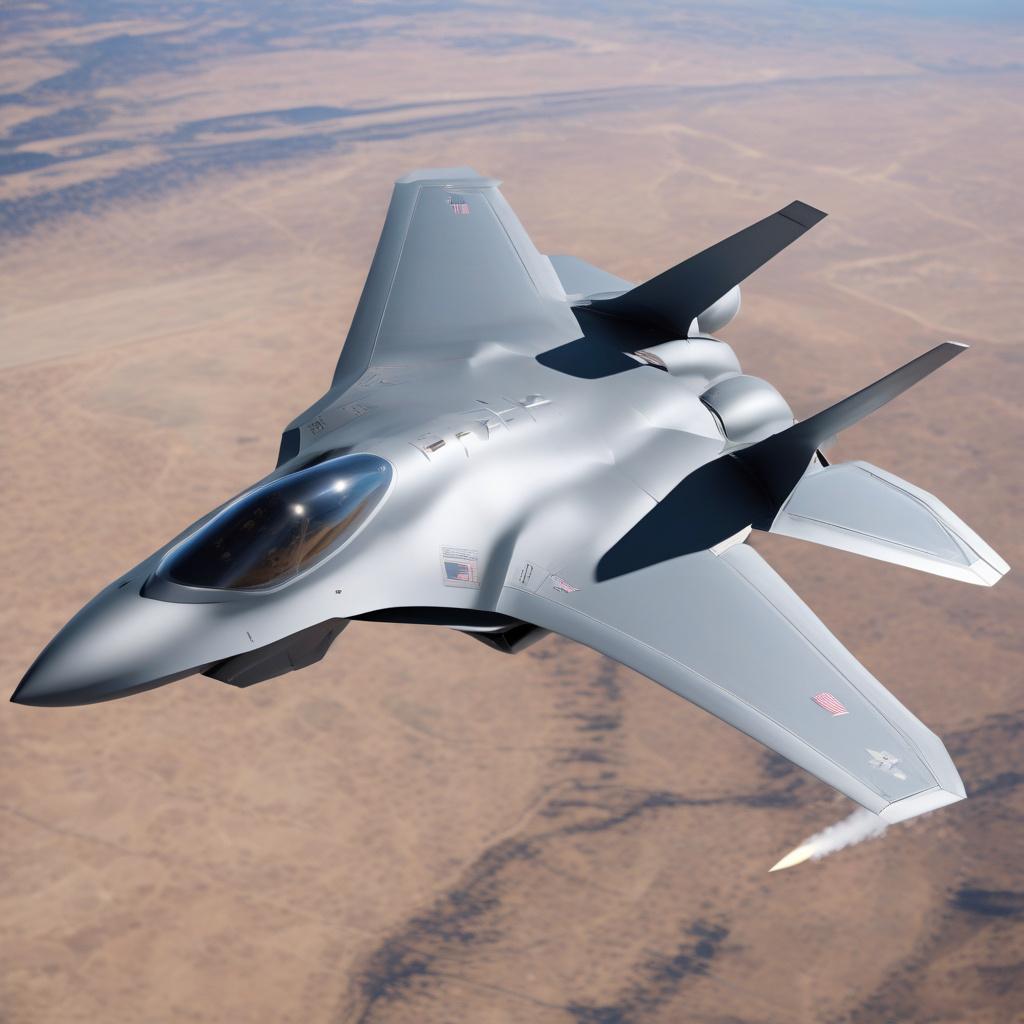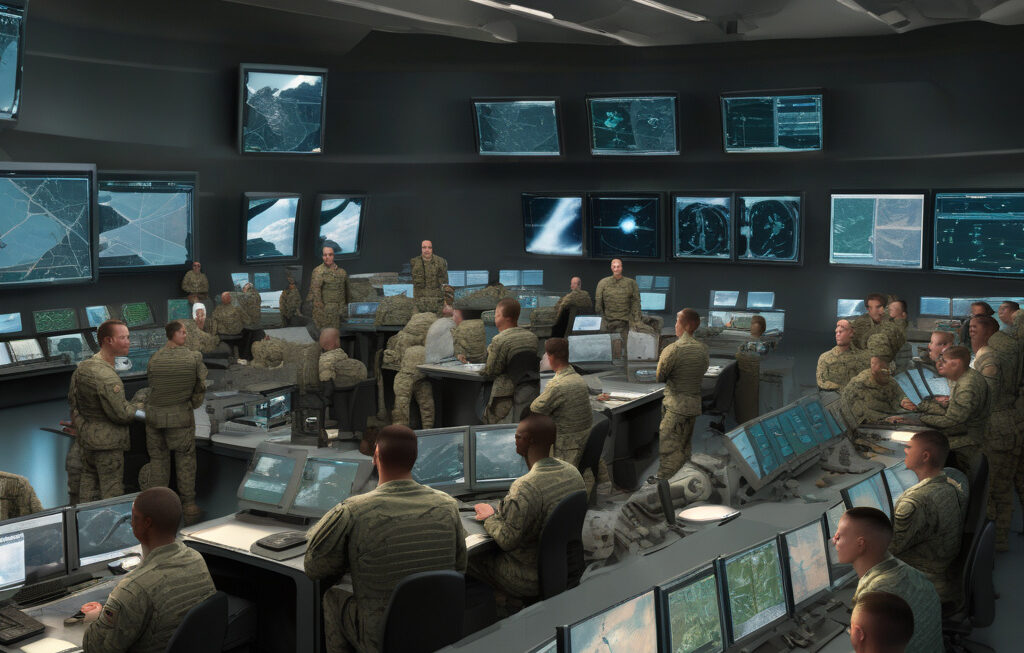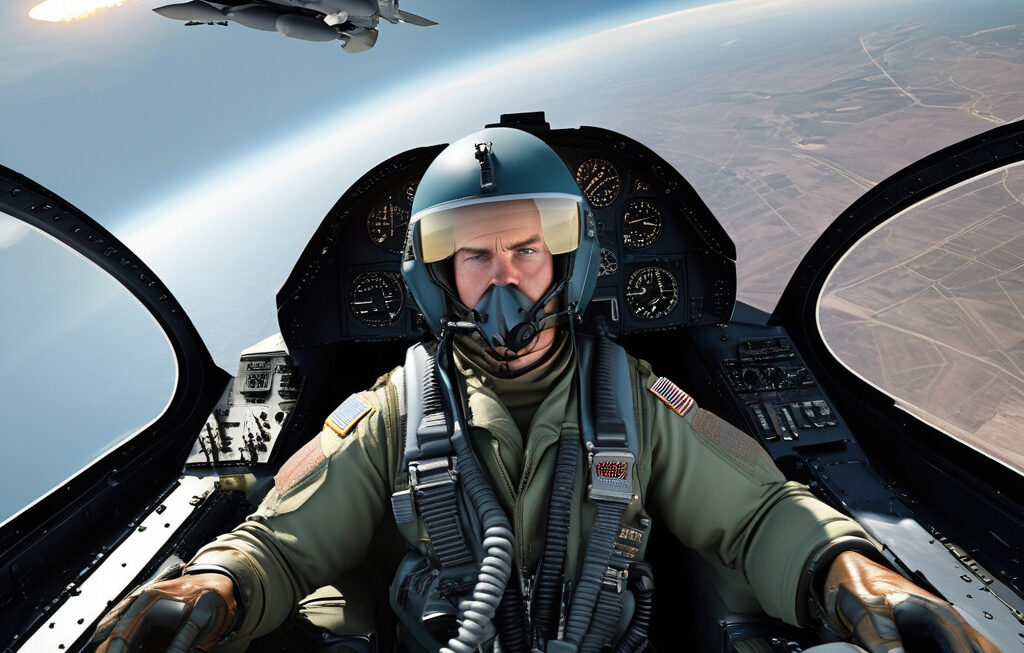Jet-powered drone wingman for US 6th-gen fighter completes first test flight
The US Air Force, in collaboration with General Atomics Aeronautical Systems, Inc. (GA-ASI), has begun to revolutionize the future of aerial combat with the successful test flight of a jet-powered drone wingman for the upcoming 6th-generation fighter aircraft. This groundbreaking achievement marks a significant milestone in the realm of military aviation, showcasing the potential for advanced autonomous systems to augment the capabilities of manned aircraft.
The recent test flight demonstrated the seamless integration of the jet-powered drone, known as the “MQ-Next,” with the 6th-gen fighter, highlighting its ability to operate in conjunction with piloted aircraft effectively. Equipped with cutting-edge sensors, communication systems, and advanced artificial intelligence, the MQ-Next serves as a force multiplier, extending the operational reach and combat effectiveness of the manned platform.
One of the key advantages of incorporating a jet-powered drone wingman lies in its ability to undertake high-risk missions without endangering human pilots. These autonomous systems can penetrate hostile environments, gather critical intelligence, conduct surveillance, and even engage enemy targets, all while minimizing the risk to personnel. This capability not only enhances the overall safety of military operations but also enables the execution of missions that would be too dangerous or challenging for manned aircraft alone.
Moreover, the collaboration between the US Air Force and GA-ASI represents a significant leap forward in leveraging cutting-edge technology to maintain air superiority in an increasingly complex and contested operational environment. By harnessing the power of artificial intelligence, advanced networking capabilities, and rapid decision-making algorithms, the military can adapt to evolving threats and outmaneuver adversaries on the battlefield effectively.
The successful test flight of the jet-powered drone wingman underscores the transformative potential of autonomous systems in modern warfare. As technology continues to advance at a rapid pace, military forces worldwide are investing in the development of unmanned platforms to enhance their operational capabilities and maintain a competitive edge. The integration of these autonomous systems into existing manned aircraft formations represents a paradigm shift in military strategy, enabling a more agile, flexible, and lethal force posture.
Looking ahead, the US Air Force plans to further refine and expand the capabilities of the MQ-Next drone wingman, with the ultimate goal of fielding these autonomous systems alongside the 6th-generation fighter aircraft in operational scenarios. By harnessing the collective strengths of manned and unmanned platforms, the military aims to create a synergistic force that can effectively address a wide range of threats and challenges across the full spectrum of conflict.
In conclusion, the successful test flight of the jet-powered drone wingman for the US 6th-gen fighter represents a significant step forward in the evolution of military aviation. As autonomous systems continue to play an increasingly prominent role in modern warfare, the integration of these advanced platforms will undoubtedly reshape the future of aerial combat. By embracing innovation and leveraging cutting-edge technology, the US Air Force is paving the way for a new era of enhanced capabilities, strategic flexibility, and mission success in defense of national security interests.
US Air Force, General Atomics Aeronautical Systems, Inc., 6th-gen fighter, jet-powered drone, autonomous systems.












